Author Guest Post: David Hobbs
Aircraft of the Royal Navy since 1908
From my earliest childhood I wanted to join the Royal Navy and become a pilot in the Fleet Air Arm. Whilst still at school, I saved my pocket money to buy Owen Thetford’s book Aircraft of the Royal Navy since 1912 published by Putnam. For many years this was the standard reference work on the subject. When I retired from the Navy after a fascinating and exciting career that lasted for thirty-three years I spent some time in the Naval Historical Branch and began to carry out research into the history of the Fleet Air Arm which continued when I became Curator of the Fleet Air Arm Museum at Yeovilton. This research led to the six volume set of histories that I wrote about British naval aviation and the companion book British Aircraft Carriers published by Seaforth. Once these were complete I decided that an up-to-date, encyclopaedic, book that described every type of aircraft operated by the Royal Navy was long overdue. It was a long time Thetford’s book had been published and, although several books had followed it, none of them included every type of aircraft that had seen naval service. At first I must admit to having under-estimated the scale of the task. My original edition of Thetford’s book contained entries for 244 types of aircraft but my research had identified no less than 422 distinct aircraft types ordered, designed or manufactured by 96 different companies with further companies responsible for aircraft manufacture for the Navy under licence agreements. Aircraft used by the Royal Navy were manufactured in the UK, USA, France, Canada, Australia and even a small number in Germany prior to the First World War. The first to be ordered was His Majesty’s rigid airship number 1 in 1908. The latest at the time or writing is a developmental, uncrewed rotary-wing reconnaissance aircraft.
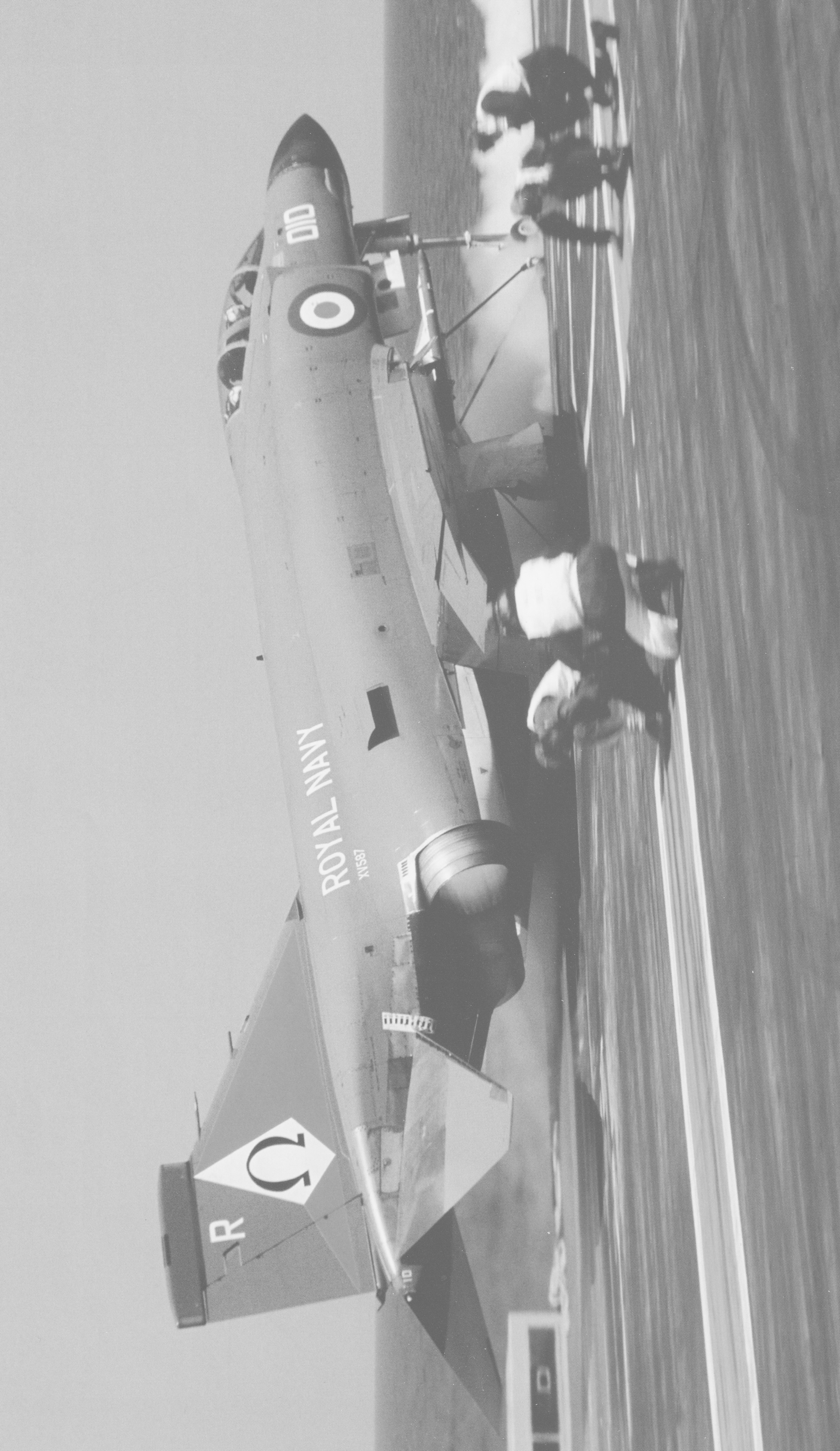
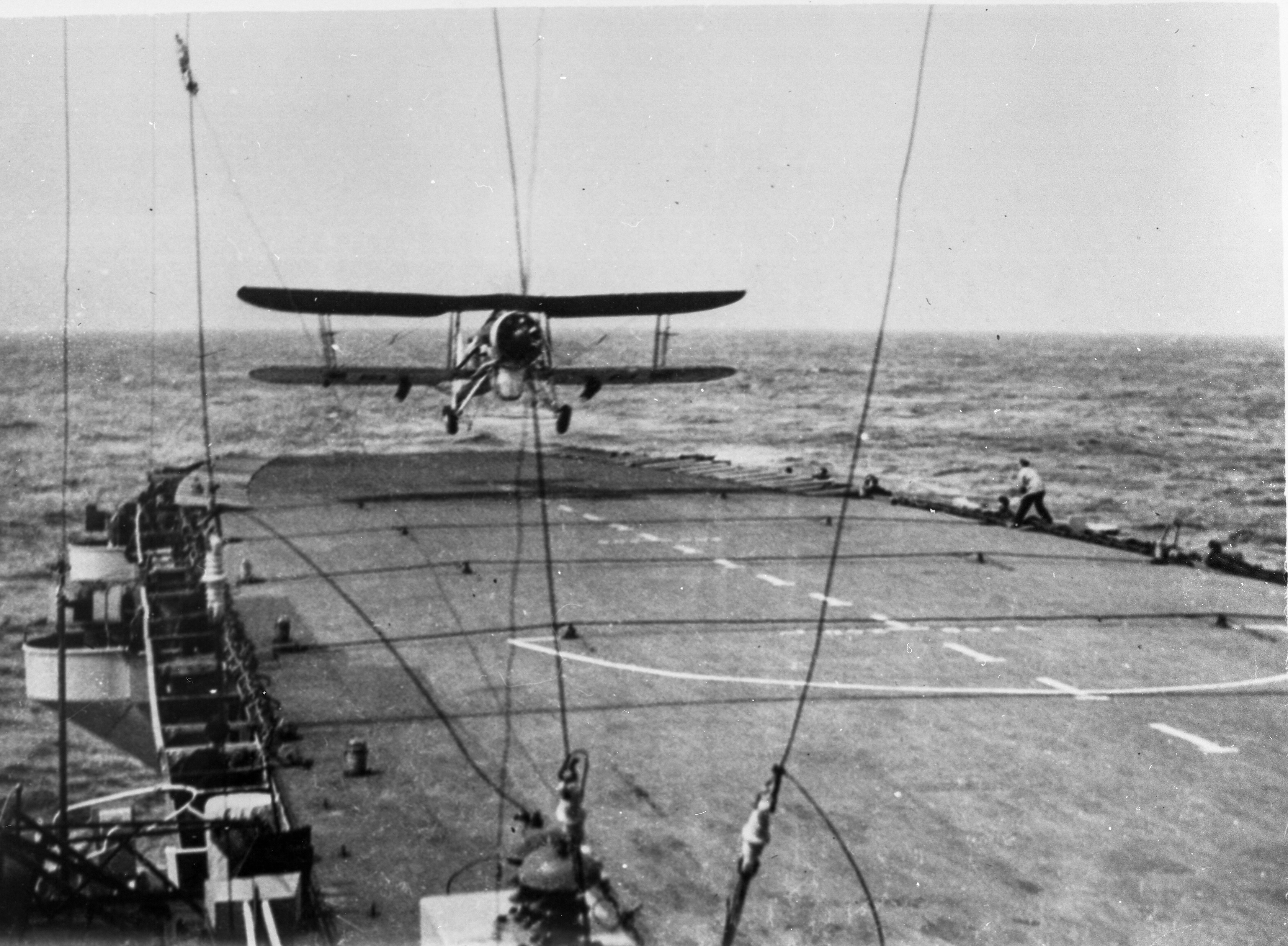
Some aircraft were only flown in prototype form, evaluated and then rejected over a short time frame and even these were given a brief description. At the other end of the scale, some were technically-complex aircraft by the standards of their day that earned the affection of those who flew them and a place in history and I gave these a more detailed description. Wherever possible I listed the number of each type delivered to the RN and the squadrons and ships in which they served. Fixed-wing, rotary-wing, lighter-than-air and unmanned aircraft are described, my criterion being that these different types must be capable of repeated flights. Thus target drones capable of flying a number of missions if they were not shot down are included but ‘one-shot’ missiles are not. I have also described some aircraft projects that were given high priority by the Admiralty but subsequently cancelled after considerable work had been put into both their design and the modifications needed to allow aircraft carriers to operate them. Examples of these include the de Havilland DH 116, Saunders-Roe SR-177 and Hawker P.1154RN. The last named was originally allocated the name Sea Harrier. They were important projects in their own right and their inclusion gives a wider perspective on British naval aircraft procurement and ambitions. I flew a number of the types described and so was able to comment on what they were like to fly. Naval friends and colleagues that flew a wider range of aircraft types also helped by contributing comments that give colour and humour to descriptions that would otherwise be largely technical. My own photograph collection was sufficient to provide the majority of the illustrations but I was able to add others to them from a variety of valued sources and Chris Sandham-Bailey helped by specially preparing three-view drawings of the most important aircraft.
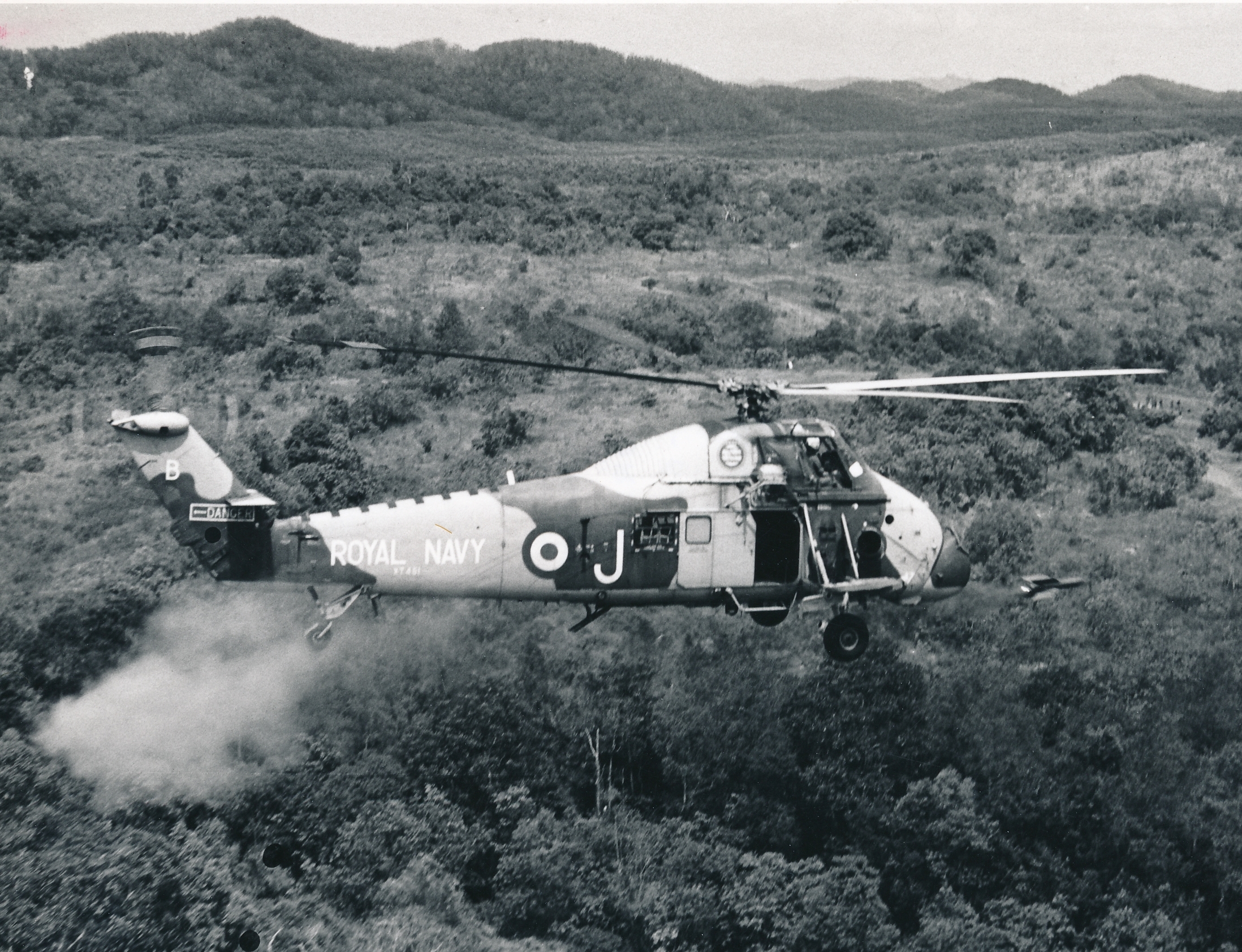
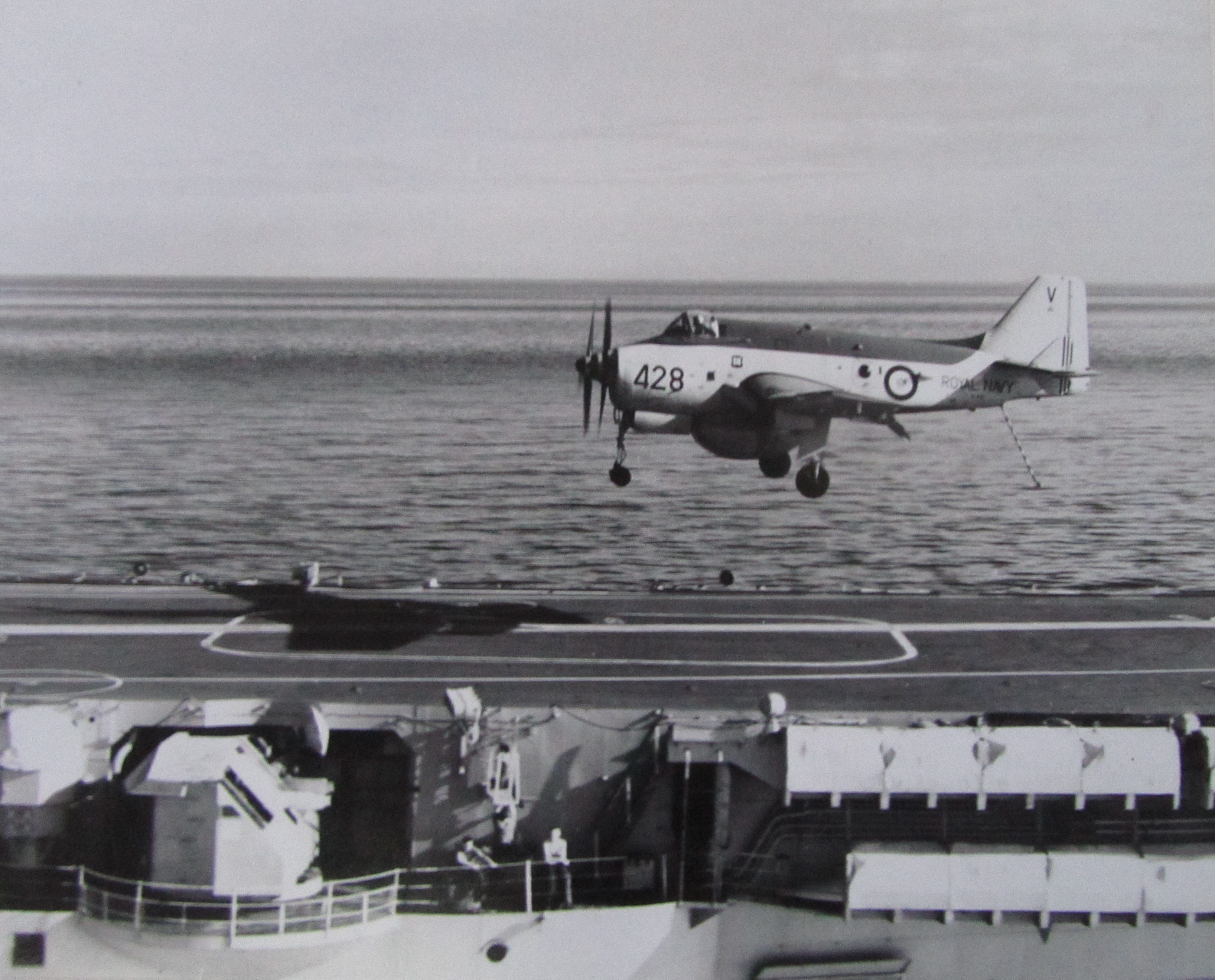
The total word count was always limited to the practical parameters agreed with Seaforth Publishing at the start of the project so that the finished book’s size and cost would be within acceptable limits. Descriptions of many aircraft types had, therefore, to be sharply focused and photograph captions kept to the minimum necessary to describe what is visible in the image. Within those constraints, however, I believe that the finished book achieved my aim of being readable, informative and comprehensive and it should stand as an ideal work of reference for many years to come. As such it perfectly complements my own books on Fleet Air Arm history and also those by other authors for the foreseeable future. It was never intended, in itself, to be an operational history but I have included brief descriptions of how aircraft were used and battles, strike operations and other actions that made some types famous. I had originally hoped to include the aircraft types used by the Royal Australian and Canadian Navies as in many early instances they were the same types as those in service with Royal Navy. However, many of the their later aircraft were not used by the RN and their inclusion together with descriptions of the earlier types’ separate usage would have added considerably to the size of the text, placing such a project beyond a size that could be printed and sold at an affordable price. With some regret, therefore, I omitted Commonwealth aircraft to concentrate exclusively on aircraft used by the Royal Navy.
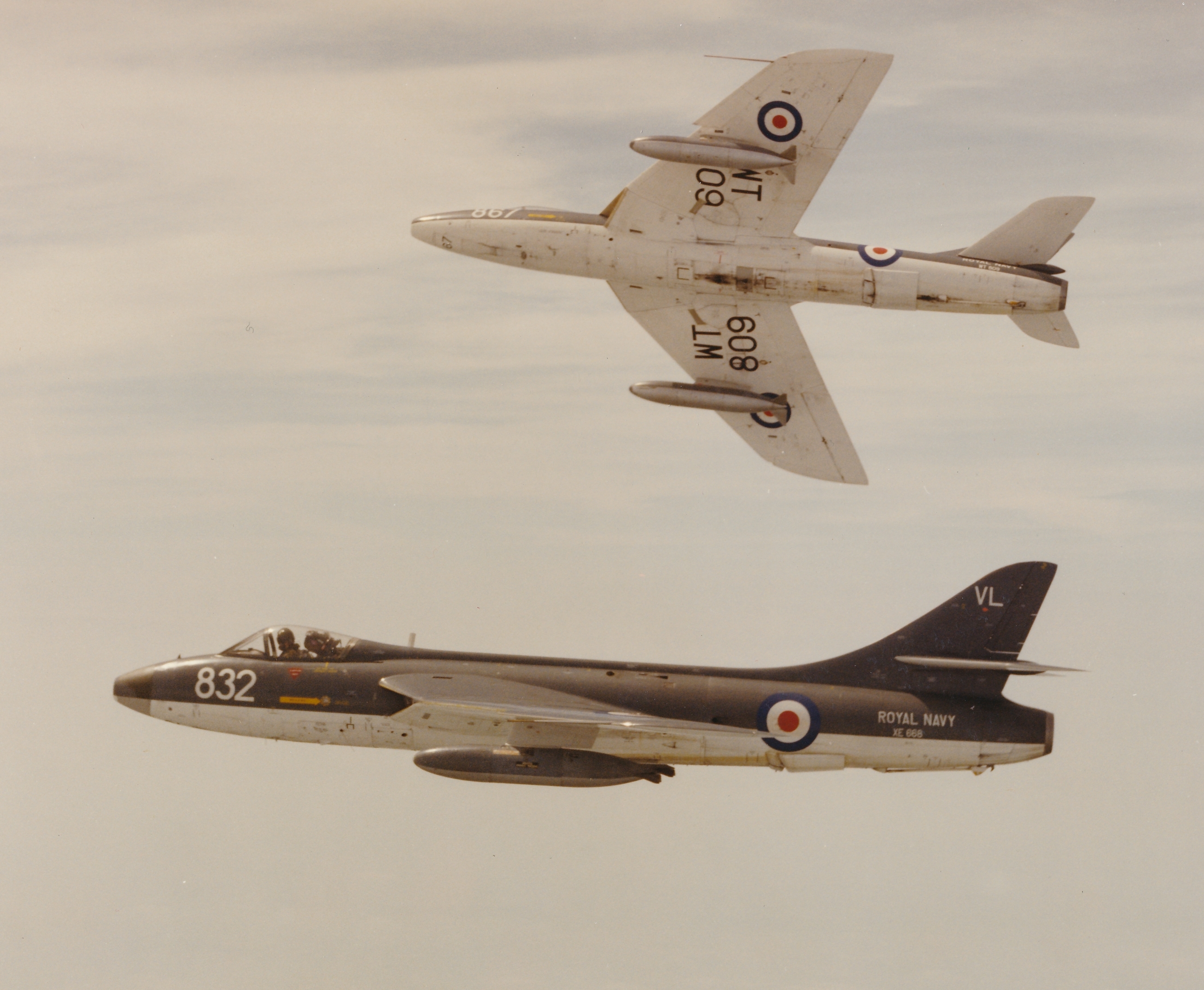
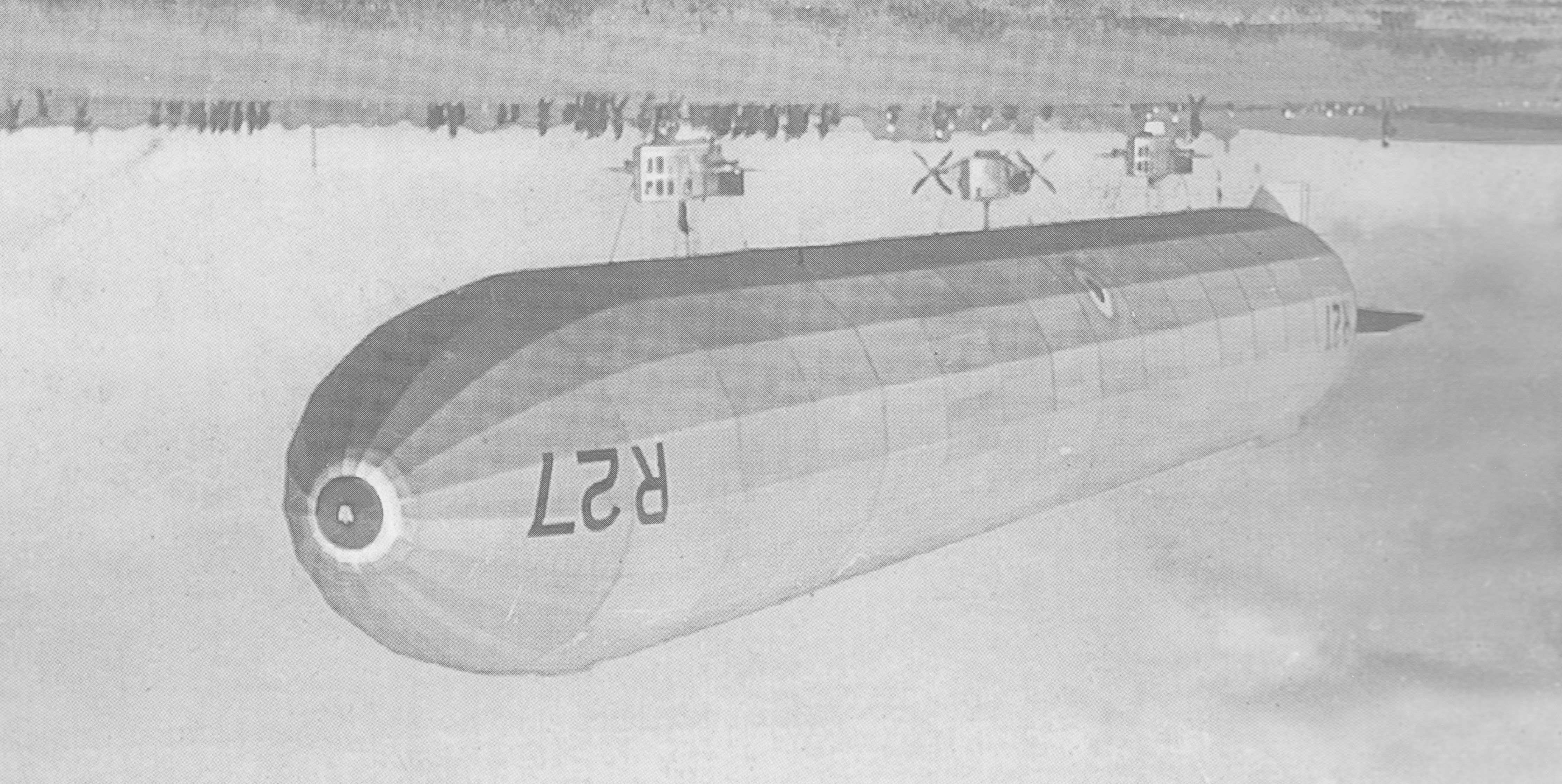
More than a century has passed since the RN ordered its first aircraft and this book is intended to broaden general understanding of naval aviation’s remarkable contribution to the nation’s defence by describing the aircraft it operated at sea and ashore in a variety of roles. The story of the Fleet Air Arm and its aircraft is far from over and new aircraft types will emerge beyond those described in these pages. The operation of unmanned aircraft or ‘drones’ from Prince of Wales in the latter months of 2023 indicate the likely way ahead with significant numbers of small, affordable unmanned aircraft operating from both carriers and other types of warship and auxiliary in a range of roles that will be at the forefront of naval operations.
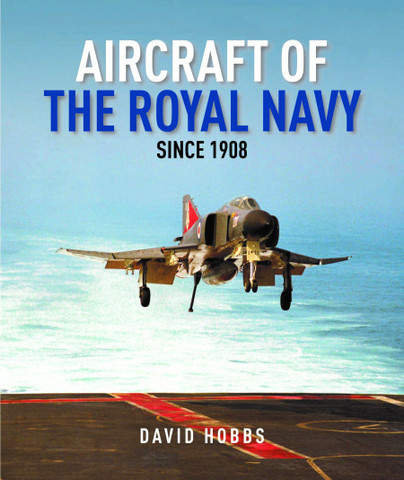
Order your copy here.

